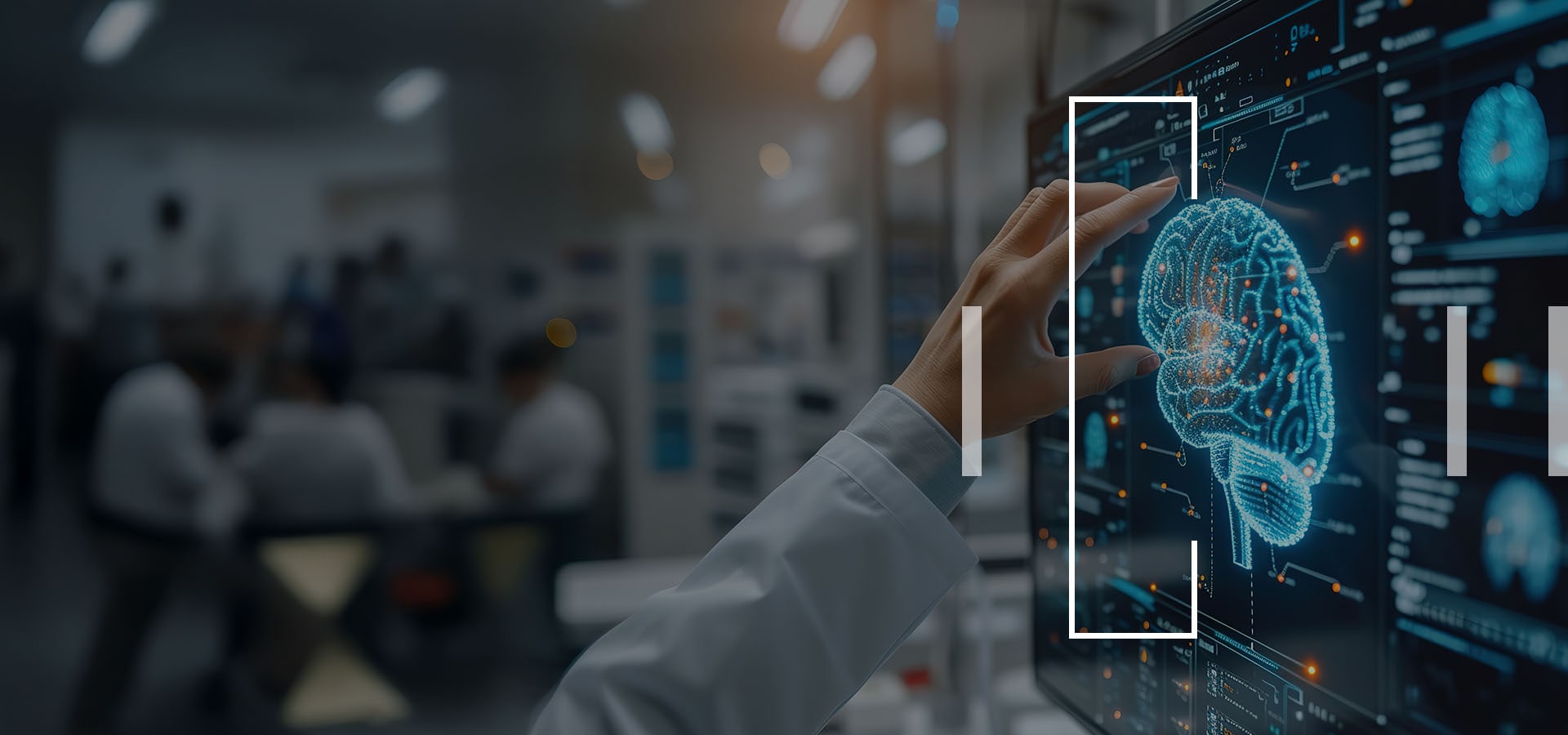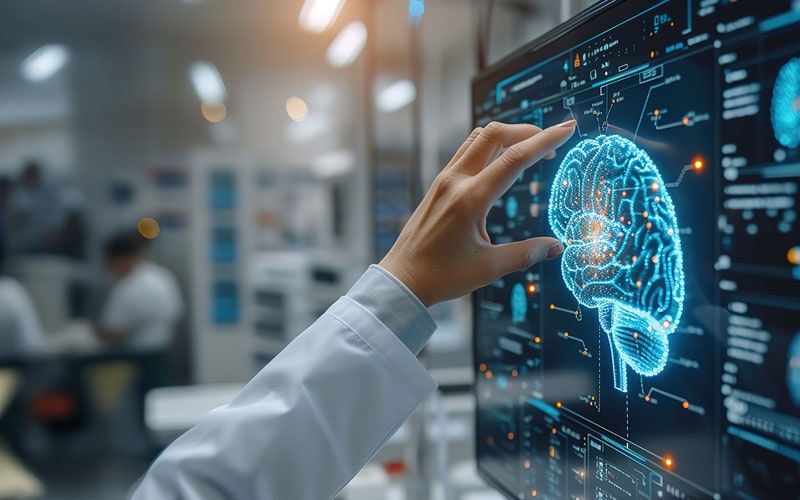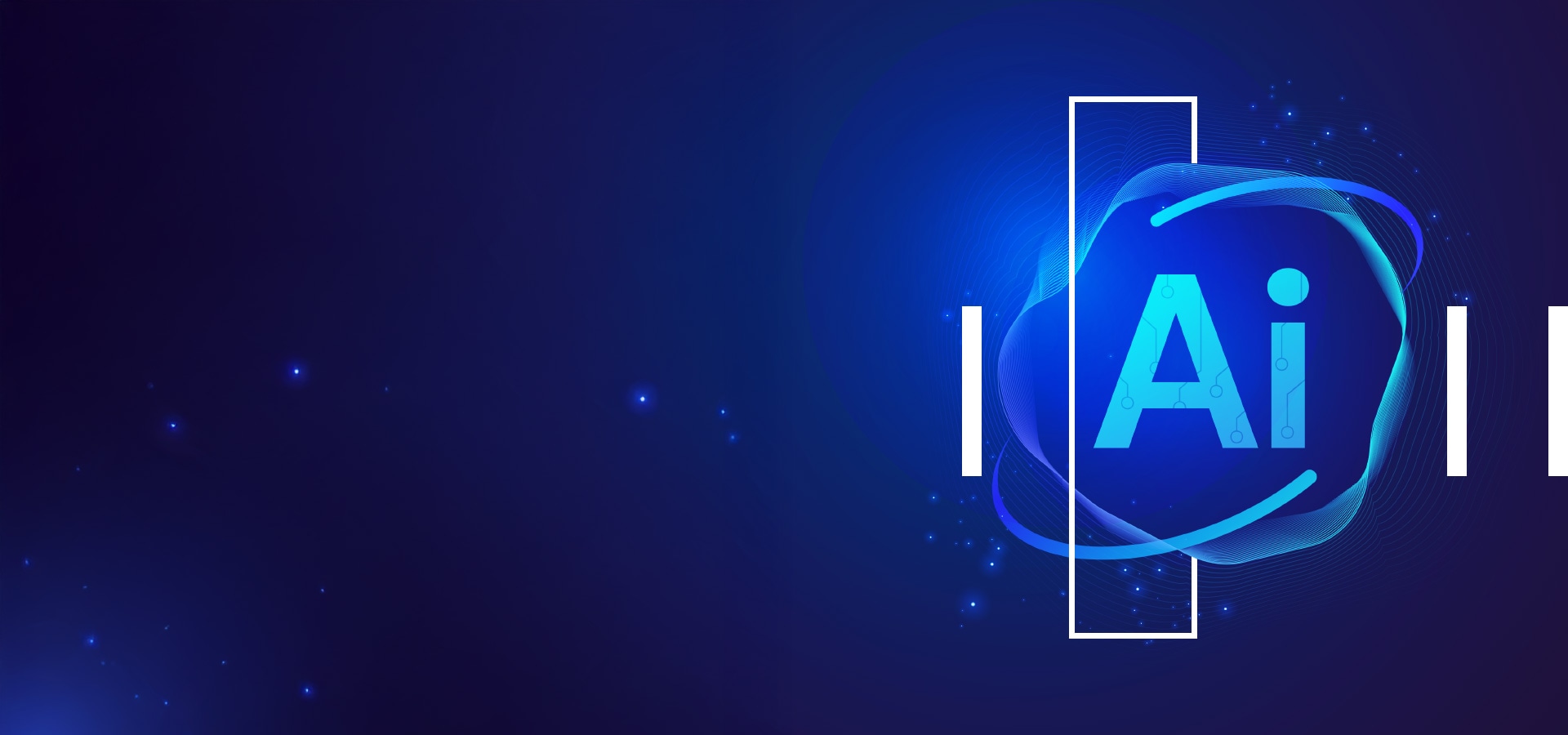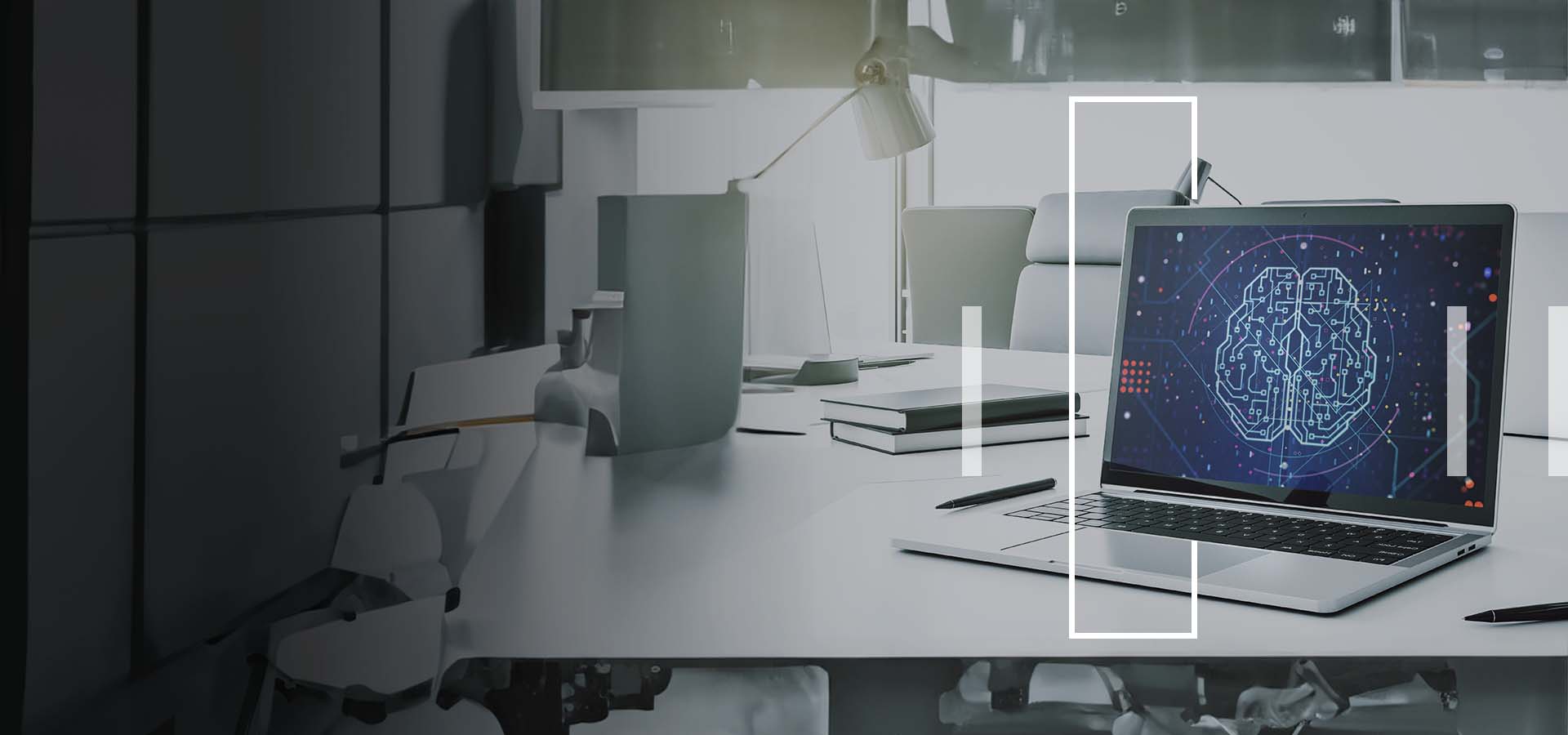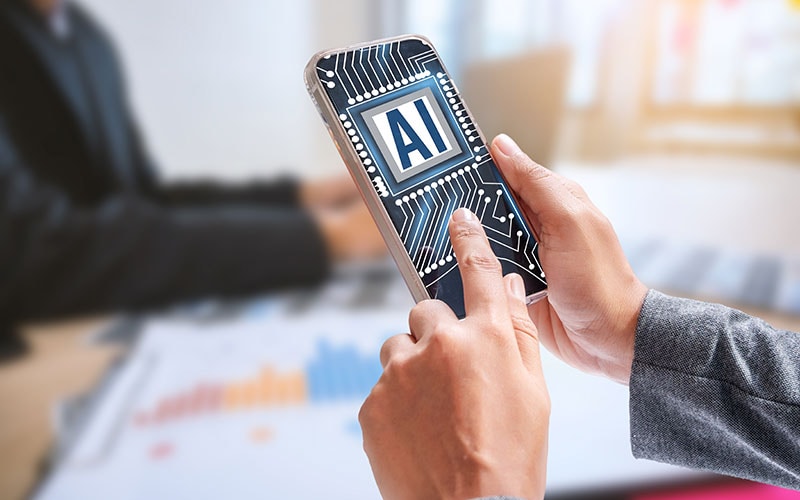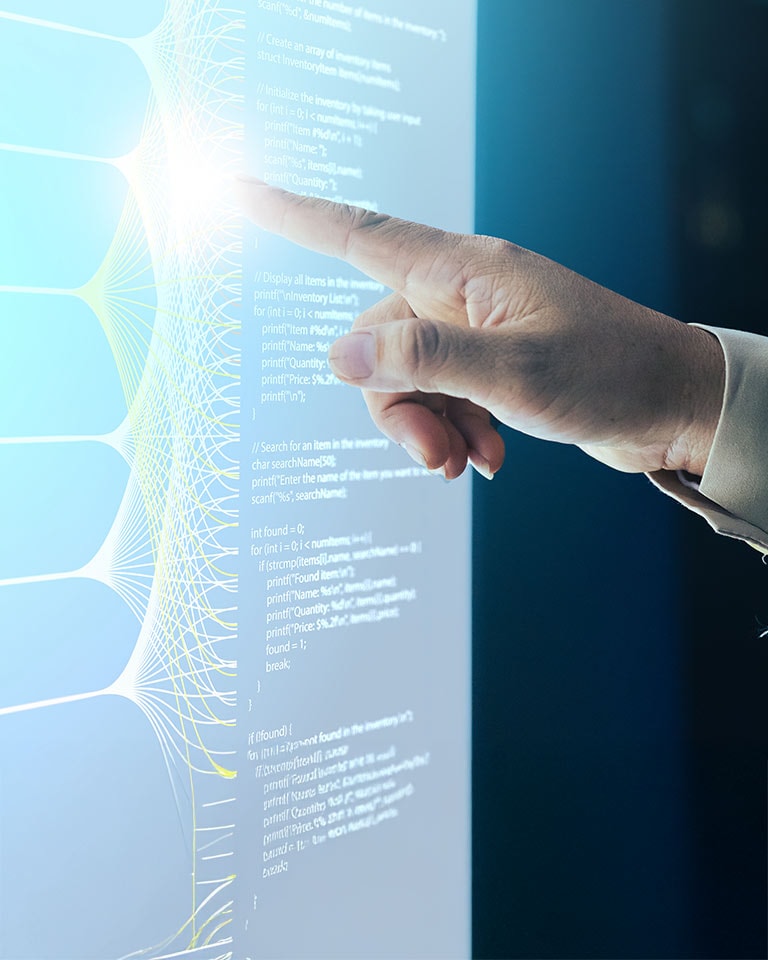Infosys Topaz-Responsible AI
The AI landscape is evolving rapidly, and regulations and AI acts are mandating stricter ethical and responsible development practices. The Responsible AI Suite, part of Infosys Topaz , helps enterprises balance innovation with ethical considerations, such bias and privacy prevention, and maximize their return on investments.
Infosys Topaz Responsible AI Suite is a set of 10+ offerings built around the Scan, Shield, and Steer framework. The framework aims to monitor and protect AI models and systems from risks and threats, while enabling businesses to apply AI responsibly. The offerings, across the framework, include a combination of accelerators and solutions designed to drive responsible AI adoption across enterprises and ensure strong AI Governance, ethics, and Security.


Insights
Lead the Responsible AI Charge: Catch All Insights Here


